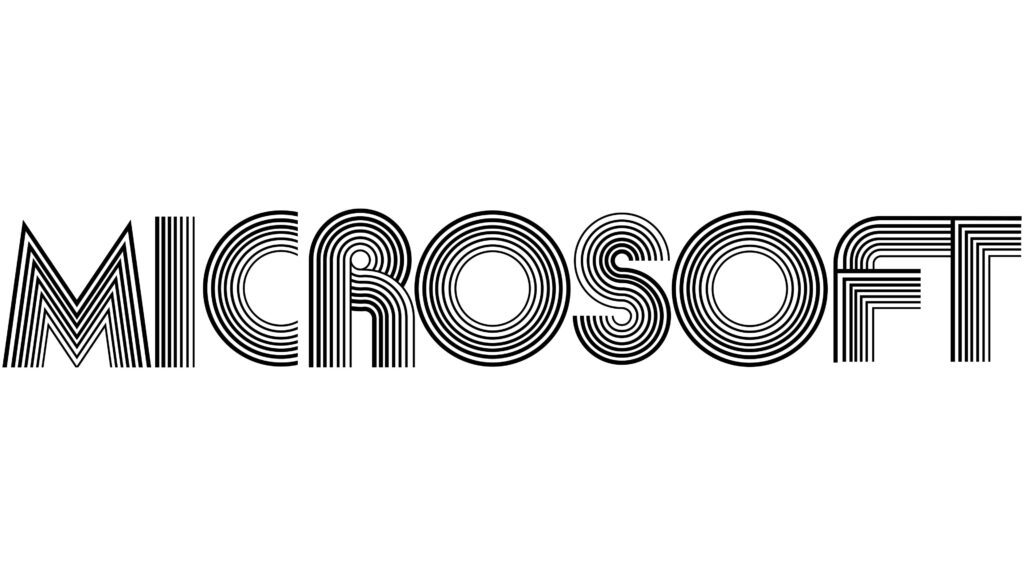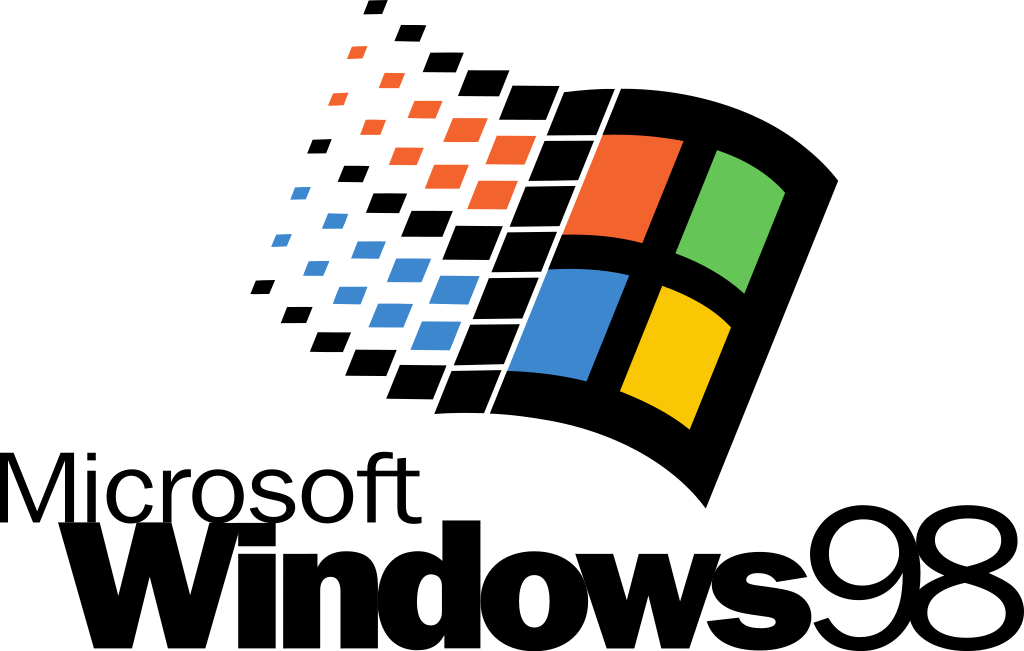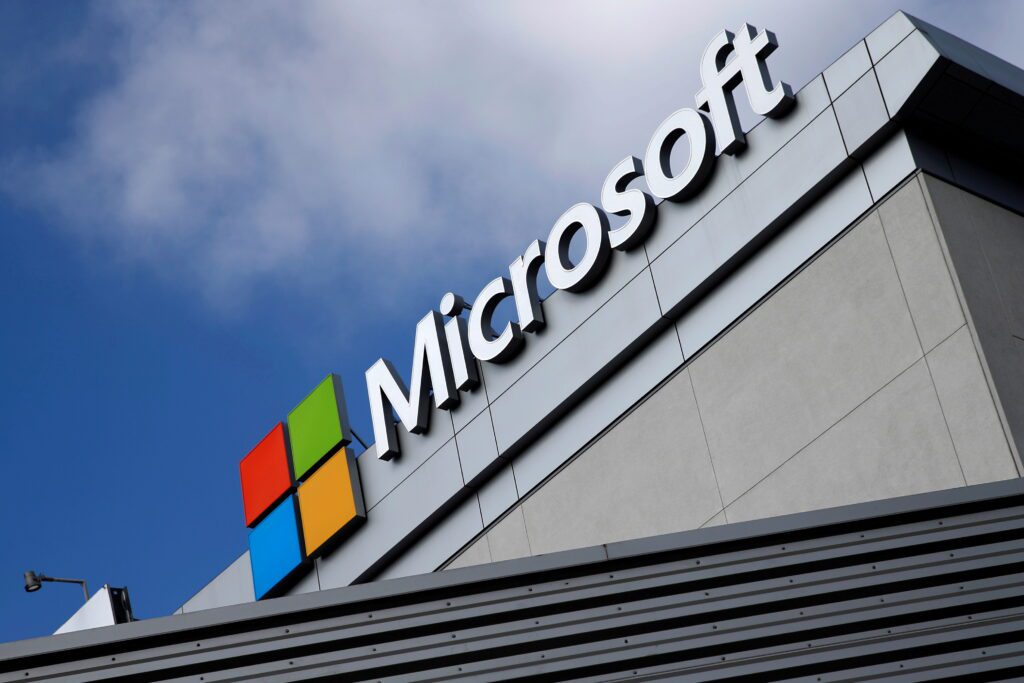Bill Gates’ remarkable success story traces back to 1975 when he, alongside his childhood friend Paul Allen, co-founded Microsoft in Albuquerque, New Mexico, marking the inception of a groundbreaking journey that would ultimately redefine the tech industry. Gates became the world’s renowned self-made billionaire.
When we reflect on the archetypes of entrepreneurial success stories, few can parallel the monumental figure of Bill Gates. His journey from a Harvard dropout to co-founder of the largest software business, Microsoft, has become a template for aspiring innovators worldwide. Gates’s success story is not merely a tale of wealth—it’s an inspiring narrative of perseverance, vision, and relentless pursuit of a passion for technology and its potential to alter the world.
Humble Beginnings and the Spark of Genius
Born on October 28, 1955, in Seattle, Washington, William Henry Gates III showed an early interest in electronics and computer programming. As a teenager at Lakeside School, Gates’s affinity for technology became evident. He and his childhood friend, Paul Allen, would exploit computer time at the University of Washington, intensely coding and experimenting. This period was the catalyst for what would eventually become a global revolution in personal computing.
The Harvard Decision & The Birth of Microsoft
In 1973, Bill Gates entered Harvard University, but his tenure there was short-lived. The call of technology was too strong. Working on a software project with Paul Allen, named Traf-O-Data, Gates received the proof of concept he needed. When the first microcomputers started to emerge, Gates and Allen saw an unprecedented opportunity. The duo envisioned a future where there was “a computer on every desk and in every home.”

By 1975, Gates had taken a leave of absence from Harvard to throw himself entirely into the software arena with Paul Allen. Together, they formed Microsoft. Gates’s prescient understanding of the software’s potential over hardware would become a cornerstone of Microsoft’s strategy.
Breakthrough with IBM and the Rise of MS-DOS
A pivotal moment in Bill Gates’s success story came in 1980 when IBM, the tech giant of the era, approached Microsoft for an operating system. Microsoft delivered MS-DOS, and although the deal with IBM was initially non-exclusive—a move many questioned at the time—it was precisely this decision that led to Microsoft’s meteoric rise. Other hardware manufacturers adopted MS-DOS, and Microsoft quickly became the standard in the personal computing industry.
Windows: A Vision Realized

The launch of Windows 1.0 in 1985, despite criticism and shortcomings, represented a monumental step towards the realization of Gates’s vision.
Windows 95, launched a decade later, became a cultural phenomenon, opening up an era where personal computing was both accessible and ubiquitous. It solidified Microsoft’s dominance and fortified Bill Gates’s legacy as the architect of the personal computing revolution.
Bill Gates’s Business Acumen and Strategic Foresight
A key element of Gates’s success story was his deep understanding of the software market and his ability to align Microsoft’s business strategy with his vision for the future of computing. His decision to license MS-DOS and later Windows broadly, rather than sell software directly, established a new business model that many others would follow.
His foresight didn’t just stop at his products. Gates recognized early the importance of protecting intellectual property, ensuring that Microsoft software was appropriately licensed, and investing heavily in software development and innovation. This strategic foresight arguably laid the foundation for modern software businesses and the tech industry at large.
Overcoming Challenges and Setbacks
It was not all smooth sailing for Bill Gates and Microsoft. The company faced several legal battles, most notably the antitrust case in the 1990s, where Microsoft was accused of monopolistic practices. Gates’s leadership was challenged, and public opinion often swayed. Nevertheless, through restructuring and adjusting corporate practices, Microsoft emerged resilient, maintaining its position at the forefront of the tech industry.
Philanthropy and a Shift of Focus

In the wake of his success with Microsoft, Bill Gates transitioned towards a different kind of impact-making.
The establishment of the Bill & Melinda Gates Foundation in 2000 marked a significant turn in Gates’s career. He began to leverage his wealth for global health, education, and development initiatives, redefining philanthropy with data-driven, outcome-based approaches characteristic of his analytical mindset.
The Legacy of a Visionary
Today, the name Bill Gates is synonymous with success, innovation, and philanthropy. He is a testament to the reality that success isn’t merely about financial gain but also about making a lasting difference in the world. From bringing computing to the masses with Microsoft to tackling pressing global issues with his foundation, Gates’s success story continues to inspire millions to dream big, work hard, and remember that persistence in the face of adversity can yield incredible results.
In reflecting on Bill Gates’s inspiring success story, it’s clear that his approach blends technological genius with ethical foresight. His journey embodies the very essence of optimism—one of not just envisioning a better future but actively constructing it. Gates’s story proves that with a clear vision and determination, even the loftiest of dreams can be grounded in reality, leading to truly transformative achievements.

FUN FACT: Have you ever wondered how much does Bill Gates earn per second?
The most commonly accepted estimate is around $88.79 to $117. Bill Gates’ actual earnings can fluctuate due to various factors like investments, dividends, and philanthropic activities. Additionally, these figures could change over time depending on changes in his net worth and income.
